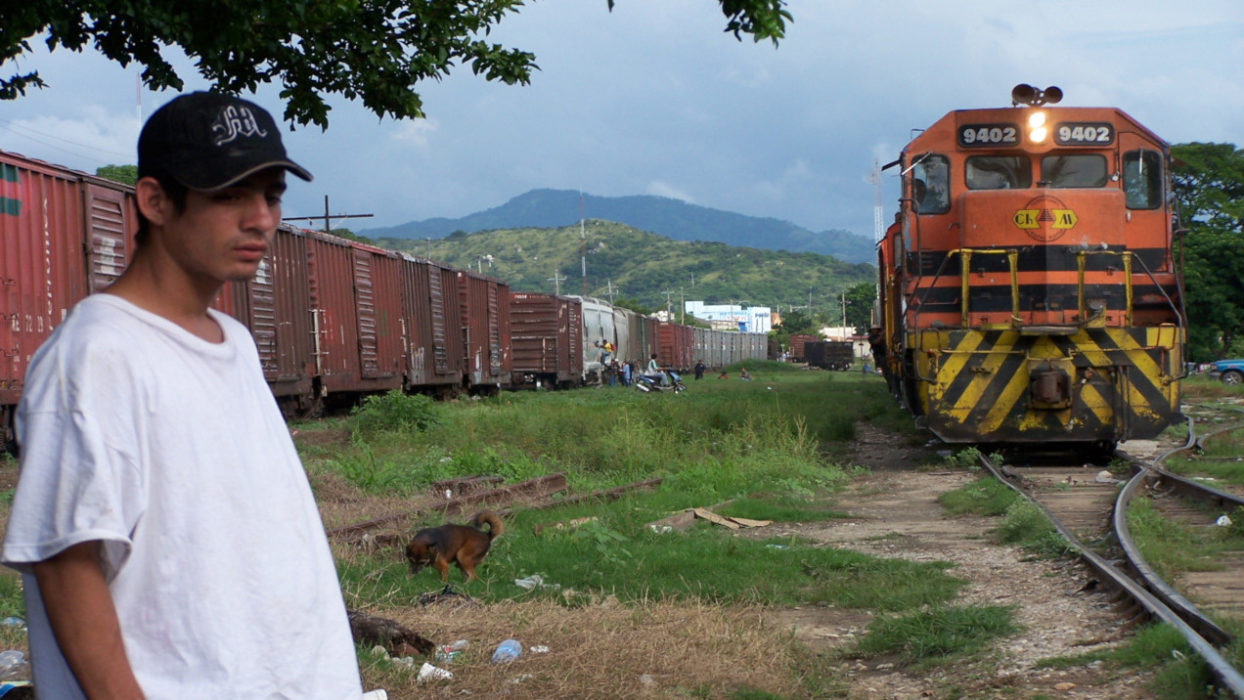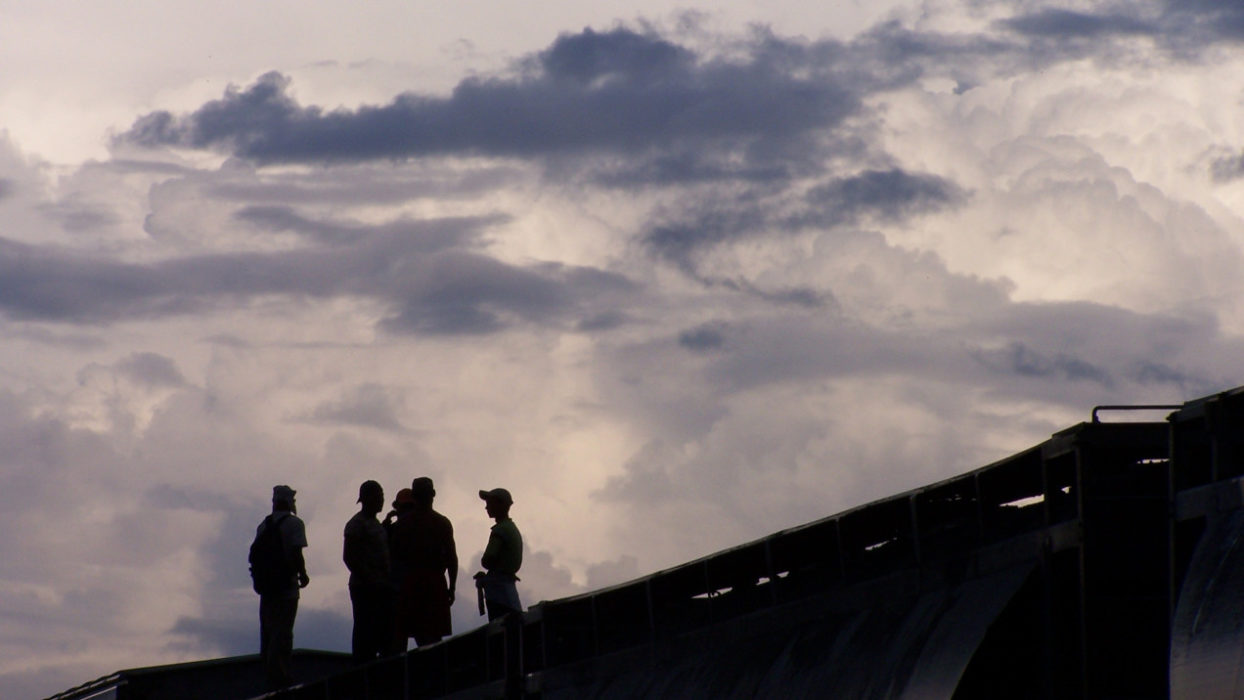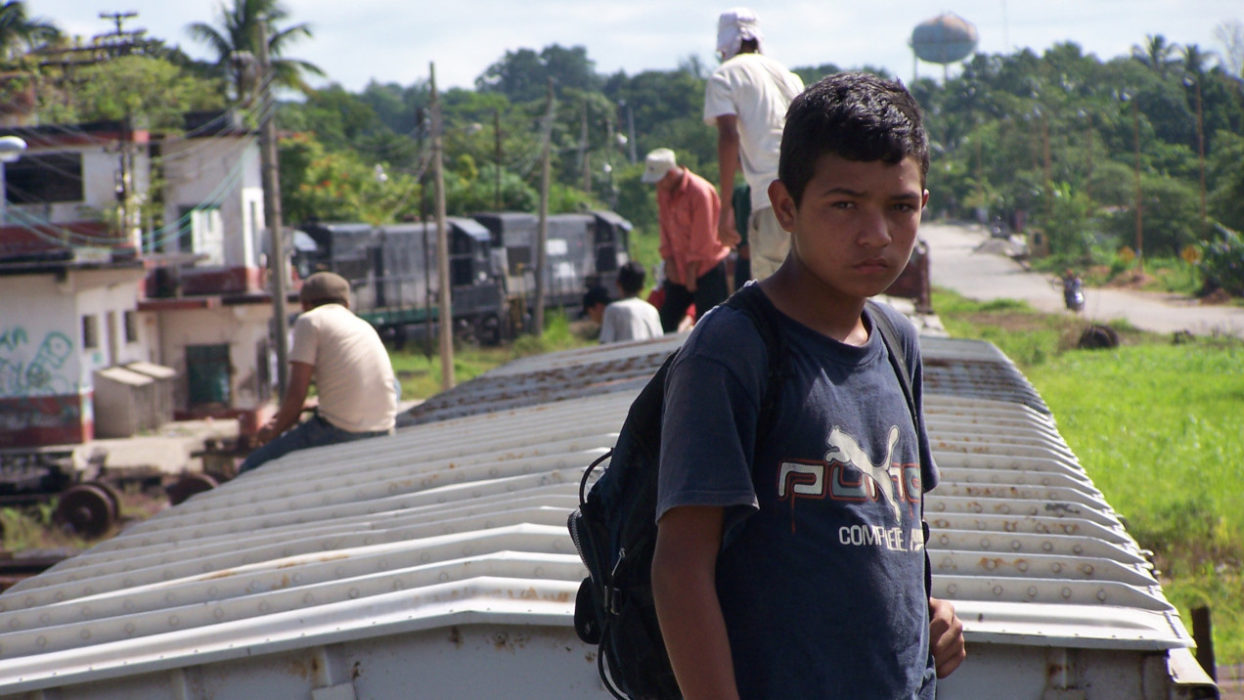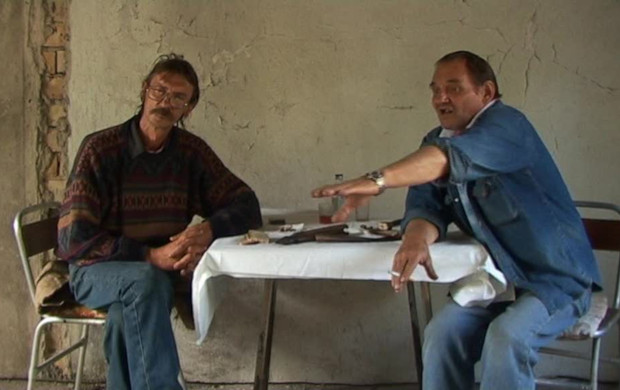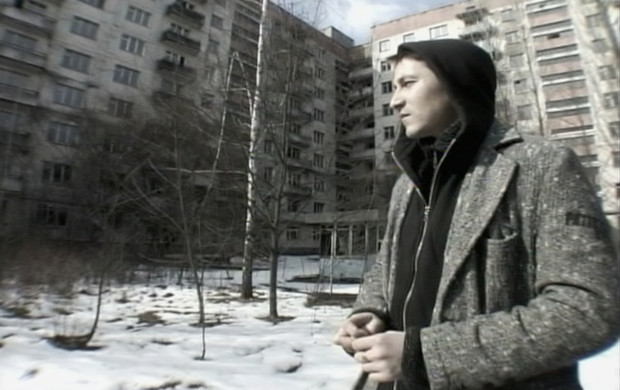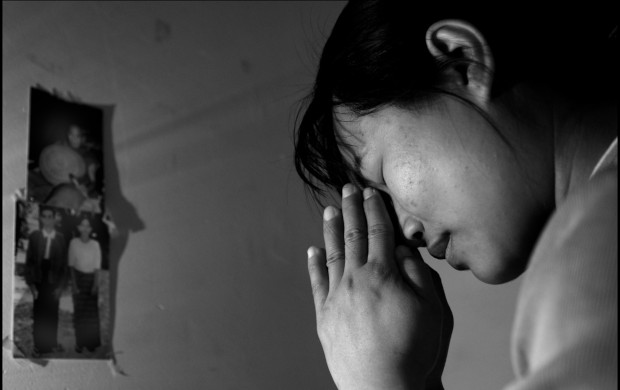La Frontera infinita
The Infinite Border
- 2007
- Mexico
- 90 minutes
- Spanish
JORIS IVENS AWARD
SPECIAL MENTION YOUTH AWARD
The frontier between Mexico and Arizona runs across a highland plain stretching as far as the eye can see. The United States have begun to close this area of crossings-over into the American dream by building a long concrete wall–a project that smacks of despotic madness, as the infinite cannot be confined. This is even more the case when the ordeals endured by the Mexican migrants to reach this frontier, far from discouraging them, actually reinforce their determination. The infi nite frontier is not this large new wall, but the intermediate frontiers, the immense Mexican territories that men, women and children from Salvador, Honduras or Guatemala have to cross first… the countless obstacles that they encounter on their way to find a better life. Juan Manuel Sepúlveda only explored the forced halts of these unfortunate travellers: the long waits for trains hiding places in the fields, police stations, detention centres, clinics where the maimed victims of accidents learn to live with one or two missing limbs, and death from police gunfire. These halts are the many stages of an eternal calvary: human beings can be broken, but their dreams cannot be destroyed. On these “stations of the cross”, the train–yesterday the symbol of a few revolutions–is a central figure. The same image returns constantly: that of an endless, ever-renewed landscape unfolding as the train advances. This train of hope leads nowhere. Its only destination is the unknown and disappearance. A young girl waiting for a train wringsher hands: “I’m alone, I’m frightened.” (Yann Lardeau)
- Production : Imcine Instituto Mexicano de Cinematografia; Fragua Cine
- Distribution : Imcine Instituto Mexicano de Cinematografia
- Editing : Roberto Bolado
- Sound : Armando Narváes
- Photography : Victor Davila; Juan Manuel Sepúlveda
